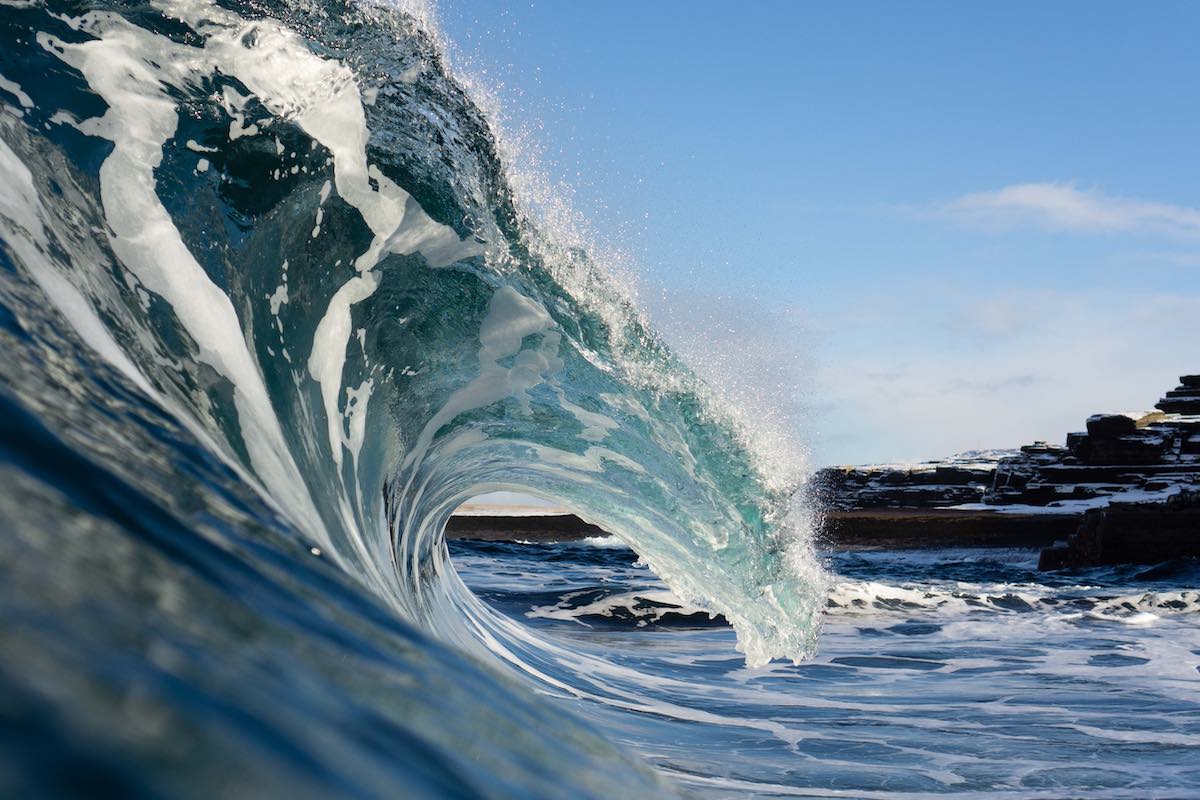Rare Blue Whales Abundant Off California Coast

Few experiences compare to that of seeing nature’s largest creatures swimming, diving and emerging from the sea. First the tell-tale spouting, followed by discerning the massive shape below the water, perhaps a tail fluke or dorsal fin breaking the surface – if you’re particularly lucky, the whale may breach, launching into the air, allowing a full-body view, then splashing down into a crescendo of displaced water.
For those visiting or living in California, this summer offers some of the best whale watching in recent history – what some are calling a once-in-a-lifetime chance. While gray whales are regular commuters along the West Coast during their fall and spring migrations, this summer’s marvel is the high proportion of blue whales. Normally feeding too far off the coast to be seen, the blues have been drawn closer to shore due to the abundance of the shrimp-like krill they love to eat.
Get Ocean Updates in Your Inbox
Sign up with your email and never miss an update.
Some credit California’s ocean conservation leadership for this return of the blues. The Monterey Bay National Marine Sanctuary along California’s central coast is celebrating its 20th anniversary this year. Mary Jane Schramm, author of West Coast Whale Watching, points out, “…it is no coincidence that the world’s only recovering population of blue whales feeds in the waters of California’s national marine sanctuaries.”
Few places in the world other than California currently support so many blue whales. In addition to the blues, summer is prime humpback whale sighting season ensuring thrills for whale watching enthusiasts. (In Monterey, unusual sightings also include the harmless-to-humans basking shark, plus orcas and fin whales.)
Want to see the whales for yourself? Start with these Monterey and Santa Cruz resources.
And, of course, follow proper whale watching etiquette!
- Stay at least 300 feet away from the whales.
- Run boats parallel to whale travel.
- If multiple boats are out, be careful to avoid boxing the whales in.
- Never separate a mother whale and her calf.
- Maintain a steady speed and course; sudden changes can alarm whales.